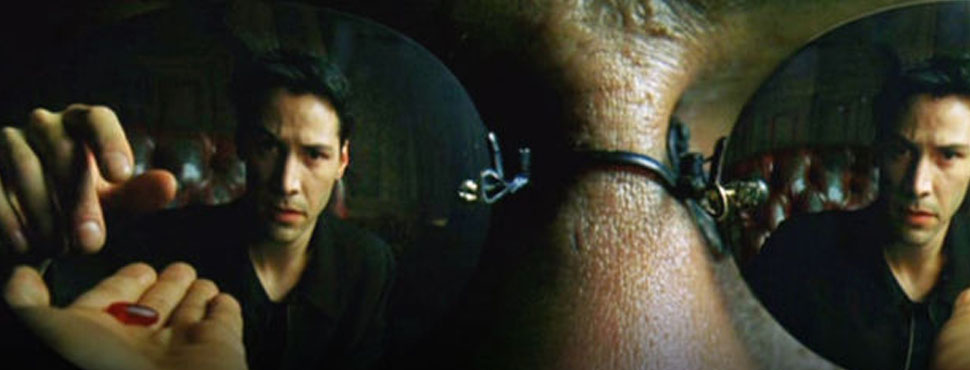“We’ll see you in the Metaverse” – Palmer, Brendan, John and the Oculus Rift Team
Did you know that your Pizza Hut box might really be a video screen? Or that a bus stop billboard can launch a Pepsi commercial? Or that you could even decorate your home with Ikea products before you make a purchase? It’s called ‘unlocking’ the brand by both the augmented reality tech folks and the big advertisers. The consumer literally ‘unlocks’ the brand by scanning the box or the bus stop or the Ikea catalog using an app. What happens next is an augmented reality experience that is launched in on your tablet or smartphone that is usually super cool. The idea is to keep you more engaged with the brand in a new way.
Augmented reality in ads isn’t entirely new and in fact, advertisers and brands have been fooling around with the concepts for a few years now, with mixed results. Remember way back in the dark ages when Second Life was touted as the next big frontier for branding by luring in consumers via augmented reality? And we know how that ended. Huge fail.
Lately it’s been mostly gamers and geeks who are totally ‘there’ with augmented reality. As for the rest of us, maybe not so much. However, that could be changing sooner than you think – especially with the purchase of Oculus Rift by Facebook and the expanded acceptance of wearables like Google Glass.
Take the retail business. Think about your own shopping experience and you’ll see why it’s no secret that in-store and even online shopping has become…well…boring. Malls are becomingmonoliths to a bygone era. Retailers complain about showrooming and consumers complain about everything from parking to security breaches to messy dressing rooms. Something’s got to give on both sides.
Augmented reality just might be the ticket. In fact, HHGlobal, a global marketing services group, recently featured an intriguing augmented reality trend for 2014 – in-store. “As customers increasingly demand a more interactive shopping environment, marketers and retailers are beginning to leverage AR technology to help boost in-store sales.”
The fact that Pepsi, Pizza Hut, Ikea and more are investing time, money and energy into AR is telling. Meanwhile, Proctor & Gamble’s Mobile CoverGirl print ad in Vogue, based off the movie “Catching Fire” last year was just the beginning for the global brand: When a reader scanned the page with the Blippar app, an augmented reality feature brought the page to life and offered a sneak peak of the movie, a how-to video, a timelapse of the making of the ad and a poll.
Also telling are some of the remarks Mark Zuckerberg made in the press about the $2 billion dollar purchase of Oculus Rift. Zuckerberg said that the Oculus purchase was part of a new focus for Facebook on “what platforms will come next to enable even more useful, entertaining and personal experiences.” Many believe that will have something to do with providing the next ad platform for Facebook.
The auto industry has jumped at the Rift opportunity. Nissan, for example, is looking to entice younger consumers with an Oculus Rift experience in which consumers start with a chassis and build onto it by making choices about what to explore in the virtual world. Nissan worked with AKQA London on the project, clearly looking to ‘unlock’ the brand for the consumer.
This new potential for brands to create deeper, more immersive engagement with their target consumers is clearly intriguing. From product demonstrations, to architectural walkthroughs, to branded experiences – the canvas is relatively blank and inviting brands and advertisers to create.
Beverly Macy is author, educator, and thought leader in social and digital business and a frequent contributor to Say Daily. She is also the author of The Power of Real-Time Social Media Marketing and the host of Social Media Radio.
Posted on the 5th May by Cream Global

